by Derek Neal
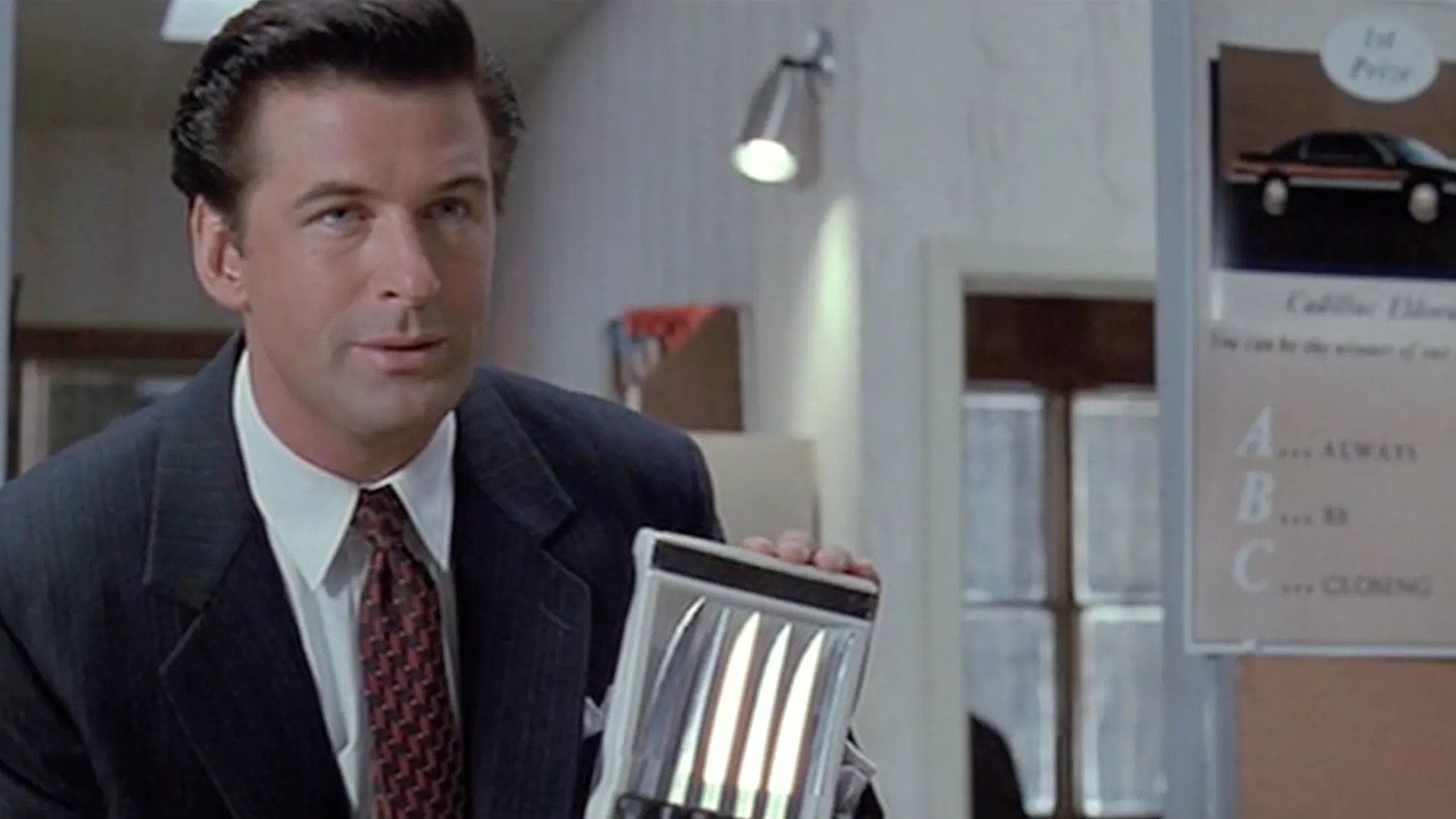 I was recently subjected to an hour of the “All In” Podcast while on a long car ride. This podcast is not the sort I normally listen to. I prefer sports podcasts—primarily European soccer—and that’s about the extent of my consumption. I like my podcasts to be background noise and idle chatter, something to listen to while I do the dishes or sweep the floor, just something to fill the void of silence. On the way to work this morning I had sports talk radio on—the pre-podcast way to fill silence—and they were discussing the physical differences between two football wide receivers—Calvin Johnson and DK Metcalfe—before switching to two running backs—Derrick Henry and Mark Ingram.
I was recently subjected to an hour of the “All In” Podcast while on a long car ride. This podcast is not the sort I normally listen to. I prefer sports podcasts—primarily European soccer—and that’s about the extent of my consumption. I like my podcasts to be background noise and idle chatter, something to listen to while I do the dishes or sweep the floor, just something to fill the void of silence. On the way to work this morning I had sports talk radio on—the pre-podcast way to fill silence—and they were discussing the physical differences between two football wide receivers—Calvin Johnson and DK Metcalfe—before switching to two running backs—Derrick Henry and Mark Ingram.
You think DK Metcalfe is big, one host said, but then you see Calvin Johnson and you’re like, whoa, this guy is massive! How does a human get that big? Yeah, another host said, and then you see Derrick Henry next to Mark Ingram, and you’re like, how do these guys even play the same position? Ingram is tiny next to Henry! It doesn’t make sense! After this exchange, the first host remarked sarcastically that this was great radio—just naming some guys and talking about their physical stature. Yes, I nodded my head, this is great radio, this is what I want on a frigid December morning, the first morning I’ve had to sweep the snow off my car and let it idle in the driveway to warm up. The silence is deeper in winter, and I remembered padding down the stairs of my childhood home before the sun had risen, 15 or 16 years old, hearing Mike & Mike on ESPN Radio blaring out of the living room speakers as I quickly ate cereal before rushing off to school, wondering why in the hell my dad was blasting this stupid sports talk radio at six in the morning. But now I know. When you get older, sometimes the silence is too much, and the only remedy is the sweet nothings of sports talk radio.
The All In Podcast also had a lot of chatter, but the topic was finance and politics rather than sports. The hosts, who were all venture capital millionaires/billionaires in the tech industry, cracked jokes and were occasionally self-deprecating, but I was left with the disconcerting feeling that the four hosts believed in their own importance. These guys think they have something important to say, I realized, and even worse, this is the sort of podcast people listen to to learn something. Reader, I have a general suspicion of people who claim to have something important to say, especially those who claim to be able to teach me something. The only people I immediately trust are the ones who foreground their own stupidity and failures, like the journalists on my rotation of European soccer podcasts. Read more »

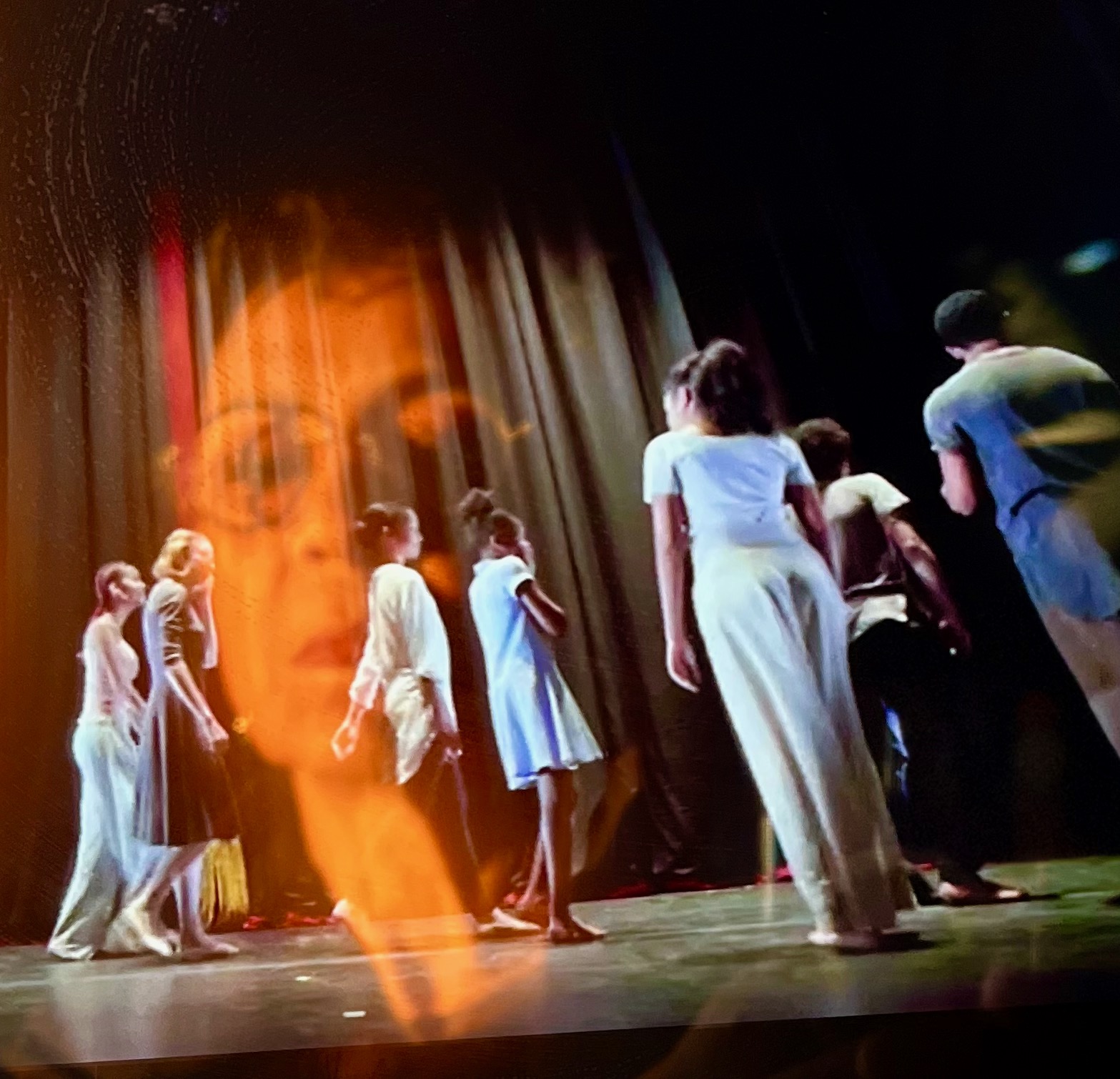 Sughra Raza. Being In the Airplane Movie. Dec 4, 2024.
Sughra Raza. Being In the Airplane Movie. Dec 4, 2024.




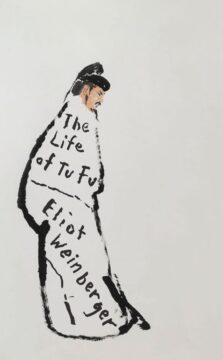 1.
1.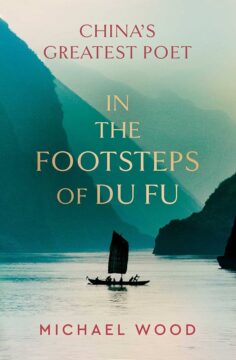 2.
2.
 There’s a lot going on right now. Lowlights include racism, misogyny, and transphobia; xenophobia amid undulating waves of global migrations; democratic state capture by right wing authoritarians; and secular state capture by fundamentalist Christian, Jewish, Muslim, and Hindu nationalists.
There’s a lot going on right now. Lowlights include racism, misogyny, and transphobia; xenophobia amid undulating waves of global migrations; democratic state capture by right wing authoritarians; and secular state capture by fundamentalist Christian, Jewish, Muslim, and Hindu nationalists.


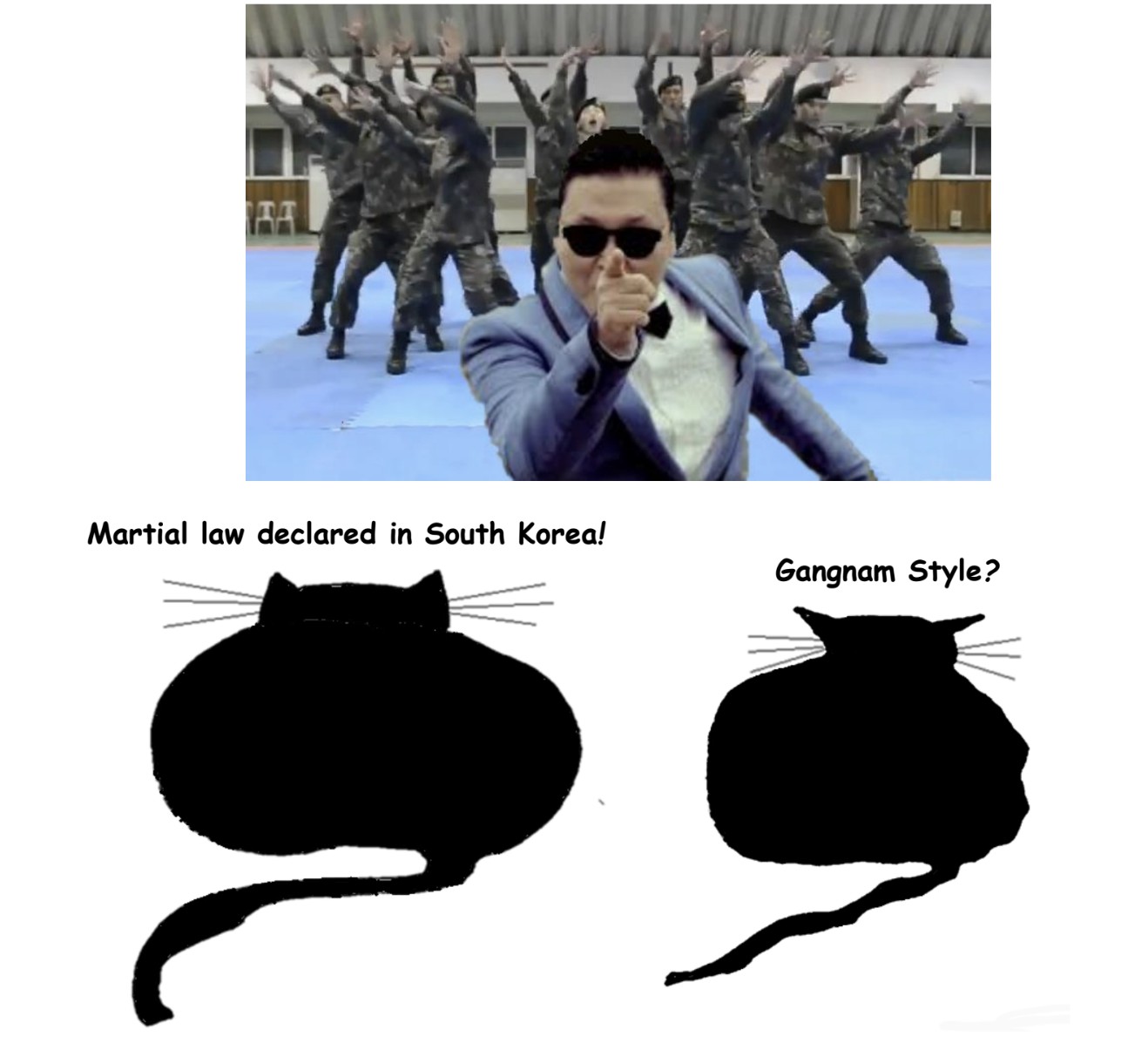
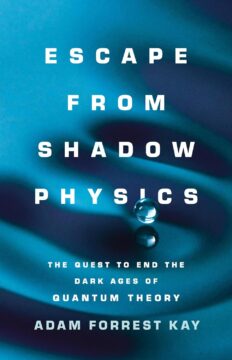 There’s an old story, popularized by the mathematician Augustus De Morgan (1806-1871) in A Budget of Paradoxes, about a visit of Denis Diderot to the court of Catherine the Great. In the story, the Empress’s circle had heard enough of Diderot’s atheism, and came up with a plan to shut him up. De Morgan
There’s an old story, popularized by the mathematician Augustus De Morgan (1806-1871) in A Budget of Paradoxes, about a visit of Denis Diderot to the court of Catherine the Great. In the story, the Empress’s circle had heard enough of Diderot’s atheism, and came up with a plan to shut him up. De Morgan 
 Sughra Raza. Science Experiment as Painting. April, 2017.
Sughra Raza. Science Experiment as Painting. April, 2017.
